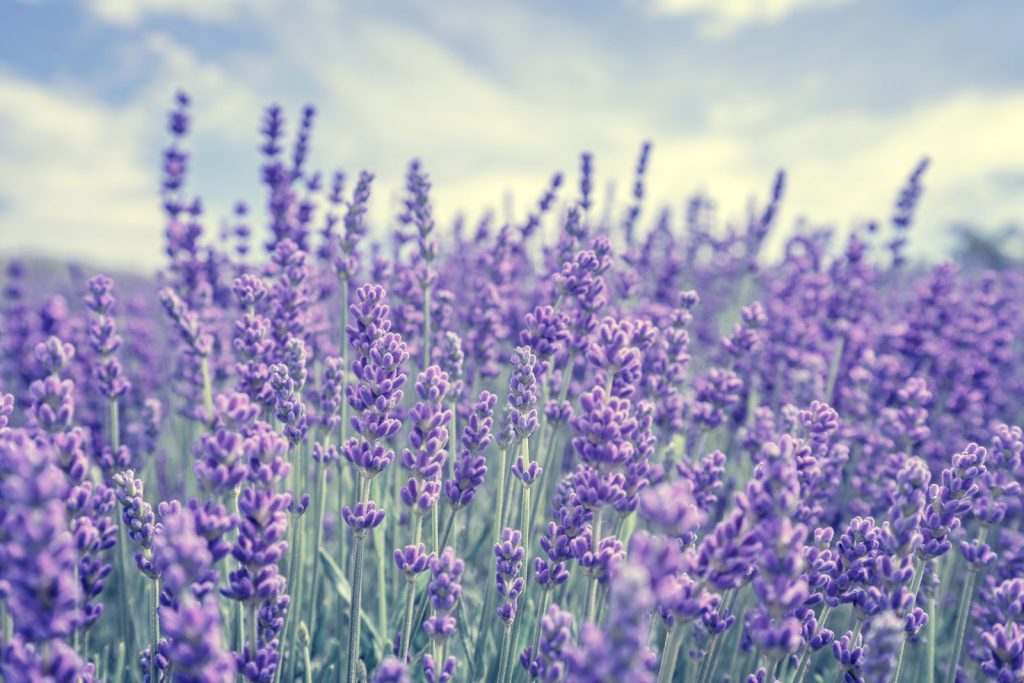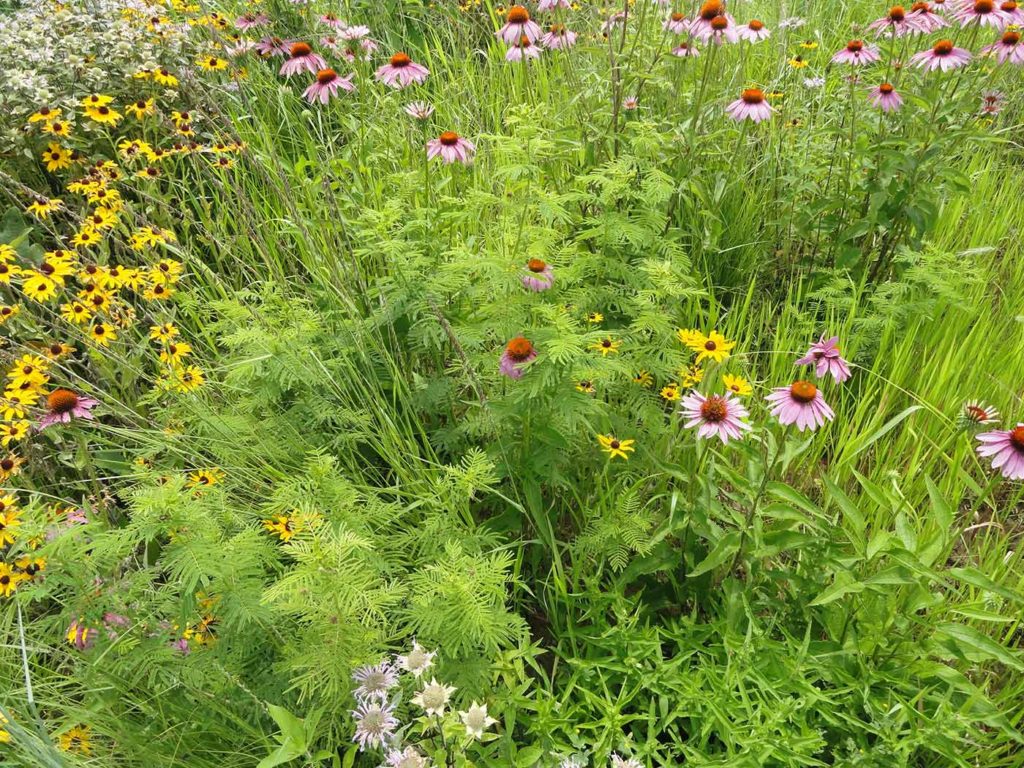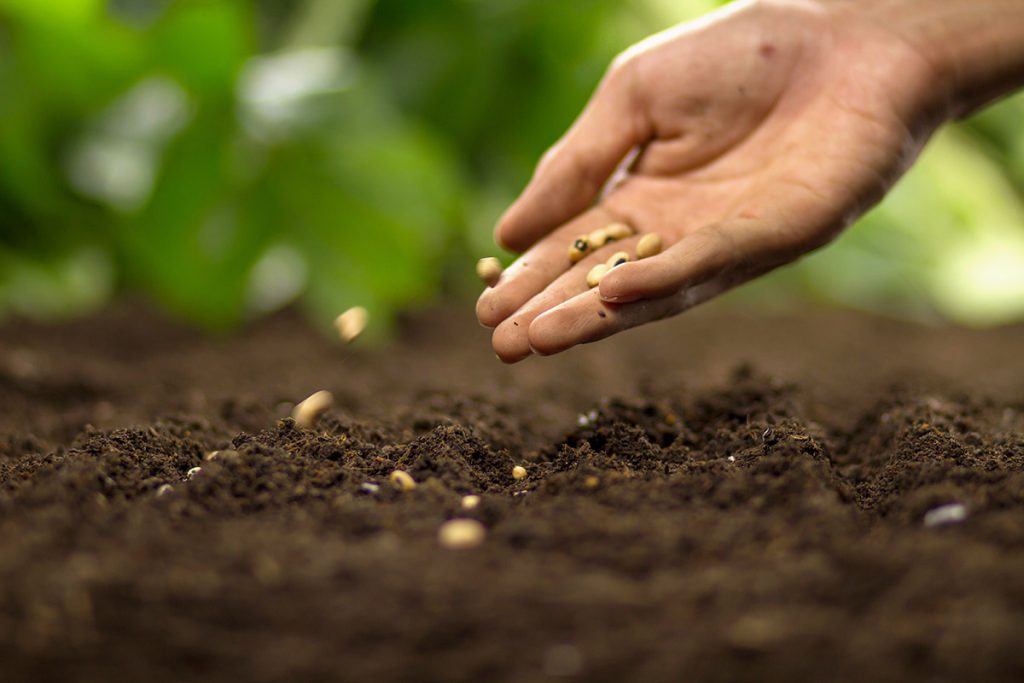Native Wonders: Exploring the Rich Diversity of Native Species in Conservation Projects
Native species, the unsung heroes of biodiversity, form the cornerstone of conservation efforts worldwide. In the plant world, native species stand out for their unique adaptations to local environments and climates. Take, for example, the oak tree, a symbol of strength and endurance in temperate forests. Oaks provide critical habitat and food sources for countless […]
Native Wonders: Exploring the Rich Diversity of Native Species in Conservation Projects Read More »









